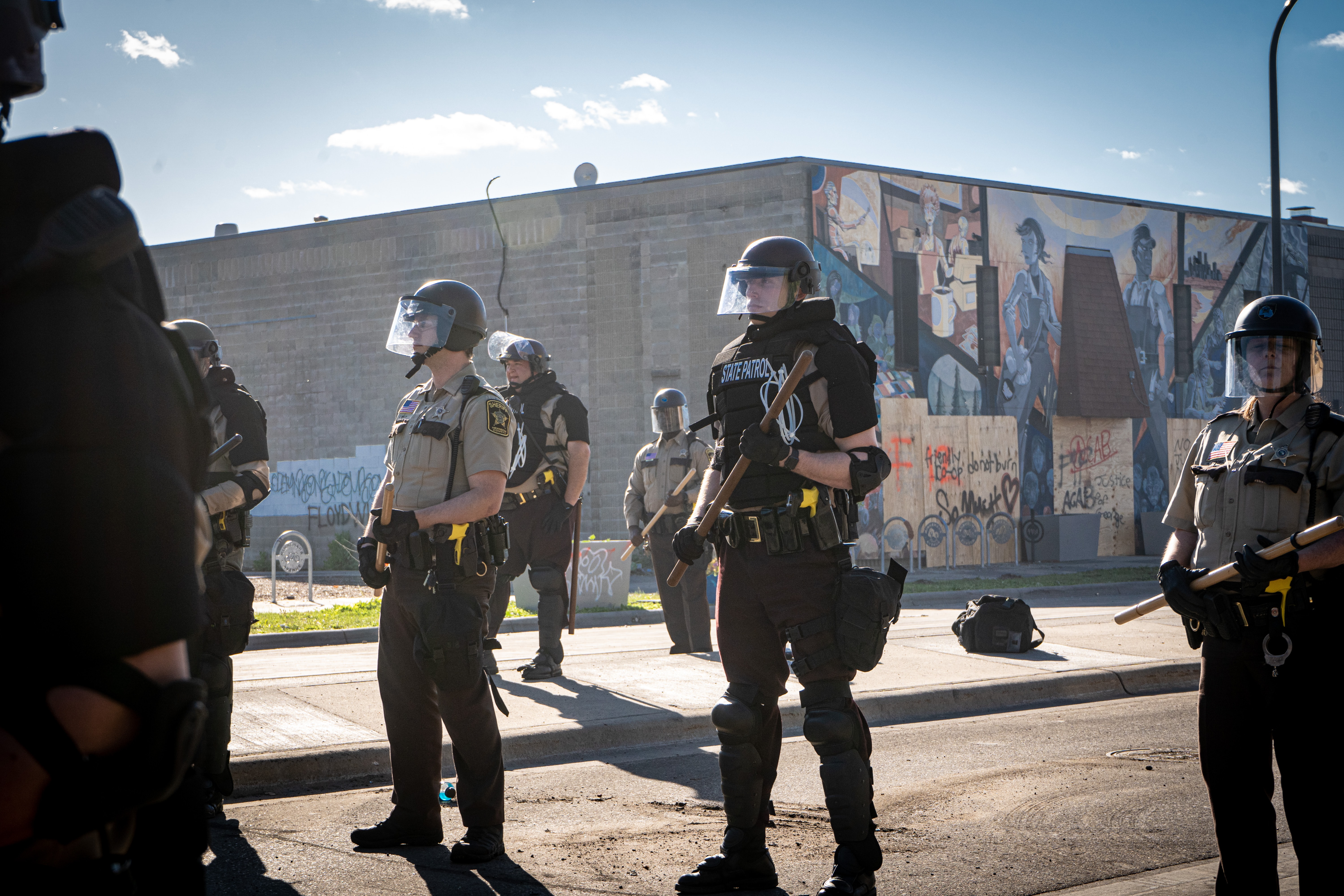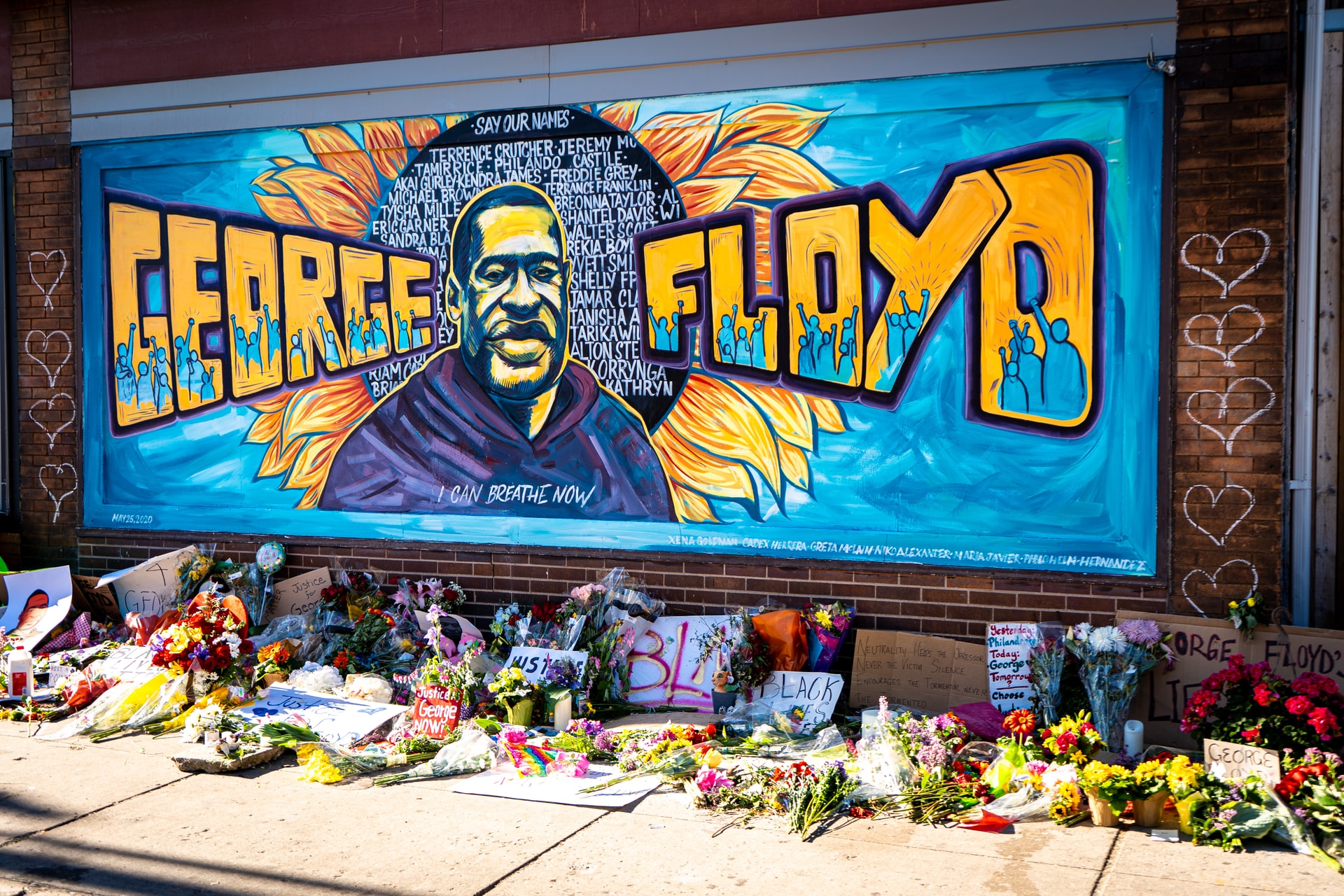The United States has been convulsed by protests and riots following the death in police custody of George Floyd. Outrage was sparked by video footage clearly showing a white police officer kneeling on his neck for 8 minutes and 46 seconds whilst he lay prostrate, pleading for his life and for air. The horrific nature of the footage is such that – unlike in similar events before – even Fox News and President Trump voiced condemnation, and the officers in question were fired (though not initially charged). As protests continued and rioting spread, however, even this minimal level of official sympathy was replaced with hard-line rhetoric that echoes discredited understandings of crowds and how to police them (influenced and inflected here by a racialised history of policing in the USA). In what follows, we outline Trump’s call for draconian policing, explore the social science of protest policing, and consider alternative approaches.
Comments closedTag: George Floyd
On 25 May, George Floyd – a handcuffed and unarmed Black man – was killed by white police officer Derek Chauvin, who knelt on his neck. His death was yet more devastating evidence of the racism that continues to structure lethal police violence in the United States. In the wake of his death and amidst the protests that have followed, there have been a series of powerful commentaries that put this violence in context, highlighting the systemic nature of lethal police and civilian violence against Black people. Here, we highlight a few of these resources. They serve as a reminder that, in order to understand policing in lockdown, we have to understand the structure of society and practice of policing in which it is embedded.
Comments closed
